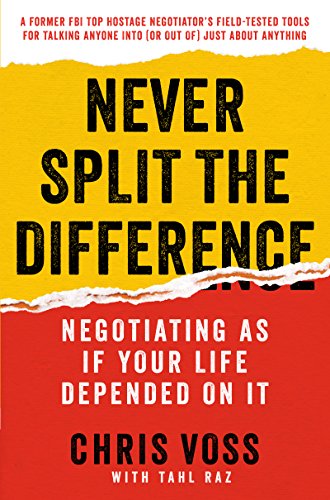A new dollar store will open up every six hours nationwide this year. There’s already more dollar stores in the U.S. than Walmarts and McDonalds combined. This unprecedented growth is threatening the very communities that rely on them.
Dollar stores make billions so their growth is unsurprising. In 2018, Dollar Tree made $22 billion in revenue and Dollar General’s stock was worth over $35 billion as of this summer. By stocking small, often private-label products for cheap prices dollar stores are designed to get people to spend more, especially those who like finding a good deal.
Saturating a Saturated Market
Dollar stores are increasingly being built in communities already saturated with Amazon deliveries, Walmart stores and Costco warehouses. In some cases, dollar stores are opening up blocks away from preexisting dollar stores - similar to the growth pattern of Starbucks. That comparison isn’t accidental - researchers say that dollar stores are looking to eliminate competition by carpeting low-income communities with cheap stores.
Stores like Dollar General say they build in clusters because their customers are only willing to travel three to five miles to shop with them. Nonetheless, evidence indicates that dollar stores are being built much closer to each other - in some cases less than half a mile apart. In fact, residents of most American cities live within one mile of a dollar store.
Why is This a Problem?
Dollar stores contribute to food deserts in low-income communities.
Though they are great for your pocketbook, dollar stores aren’t necessarily good for the communities in which they are built, especially economically depressed communities. For instance, many low-income communities are already struggling to encourage the growth of grocery stores that provide fresh, healthy produce. Easy access to fresh produce is directly correlated with better health outcomes for communities. Though dollar stores may provide cheap food like Twinkies and chips, few stock healthy produce. Bananas and carrots are not profit leaders, especially if they are being priced at or near a dollar. This problem is exacerbated by the fact that dollar stores are seeing their greatest growth in the low-income and rural communities that need the benefits local grocers provide.
Grocery stores sell both fresh foodstuffs AND the non-perishable items that dollar stores sell. When there are so many dollar stores in a community, grocery stores have no market for their non-perishable goods and thus little incentive to build in those communities.
Dollar stores frequently sell expired or dangerously defective merchandise.
On August 26 of this year, New York Attorney General Leticia James announced the culmination of a year-long investigation into the sale of expired drugs (some more than a year past their expiration date) and faulty motor oil, as well as illegal practices regarding New York state’s bottle deposit law. The Dollar General-branded motor oil at issue in the investigation was not viable for most engines created after 1930s. Dollar General, Dollar Tree and Family Dollar were collectively fined $1.2 million dollars.
Unchecked growth at all costs incentivizes shoddy business practices such as stocking expired medications and dangerously defective merchandise.
What Can Be Done?
Slowly but surely, people are waking up to the danger of dollar store saturation. Actions undertaken by community leaders and city councils are good places to inspire your own efforts:
In July, the mayor of Birmingham, Alabama passed an amendment to prohibit further dollar stores openings as part of an effort to prevent food deserts in parts of the city.
In Tulsa, Oklahoma, a local city councilwoman relied on laws originally passed to restrict the growth of big-box retailers like Walmart to limit the number of dollar stores that could be opened near each other.
Fort Worth, Texas is not only looking to limit the growth of future stores, but also regulate preexisting stores by requiring them to carry fresh produce while also providing tax incentives for the development of grocery stores.
It’s important to remember that when built in moderation, dollar stores provide low-income communities with convenient access to cheap and necessary consumer goods. Dollar stores also create jobs, bring in new sales and property tax revenue for cities. However, left unchecked, dollar stores can diminish community health, the vitality of other small businesses, and in the end their very own profits.








